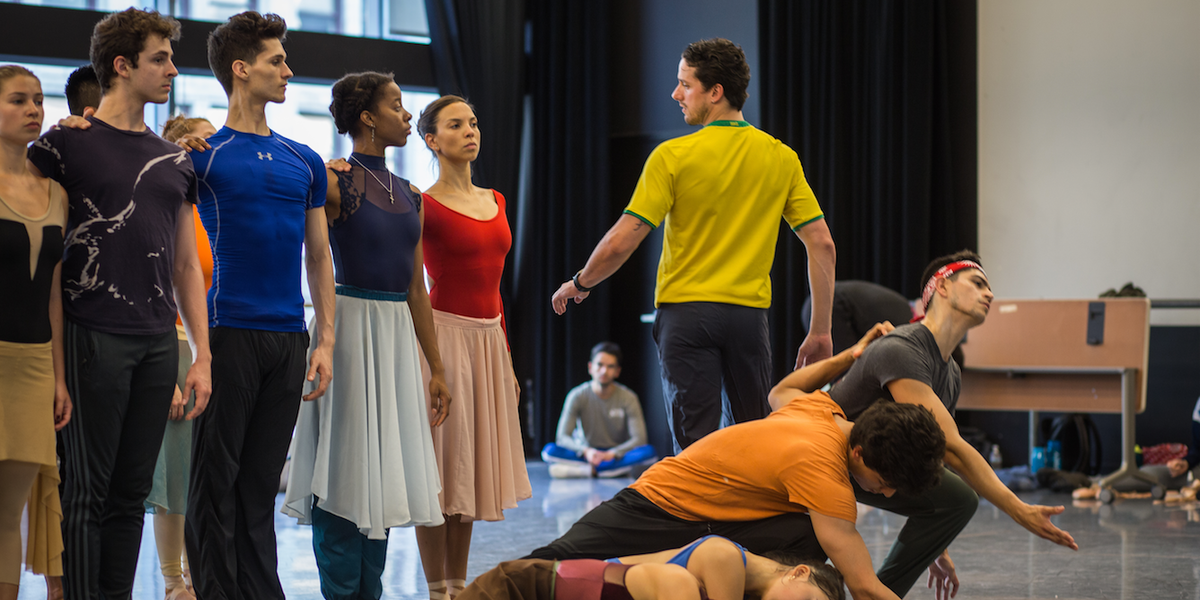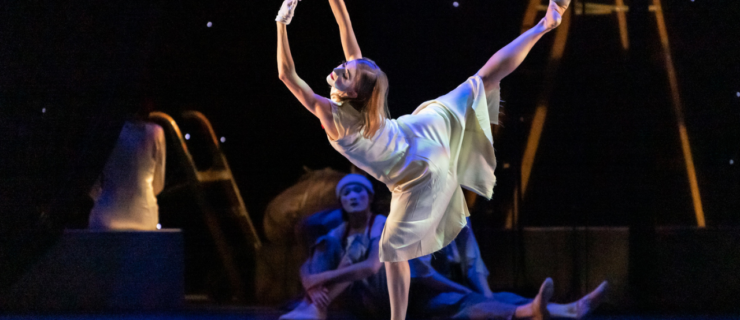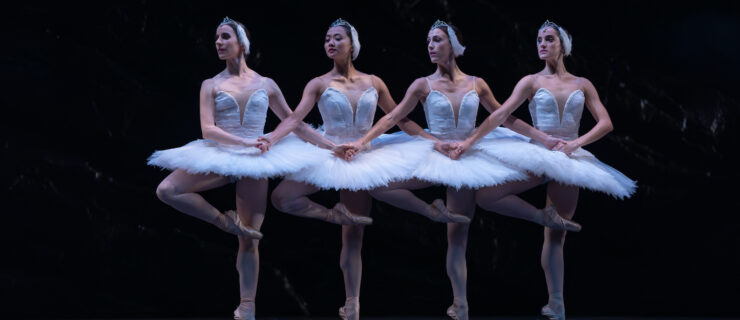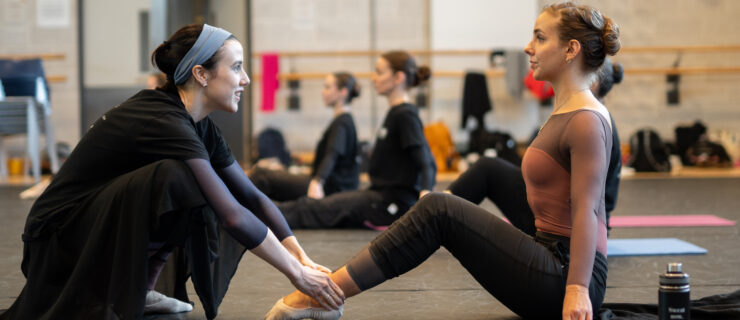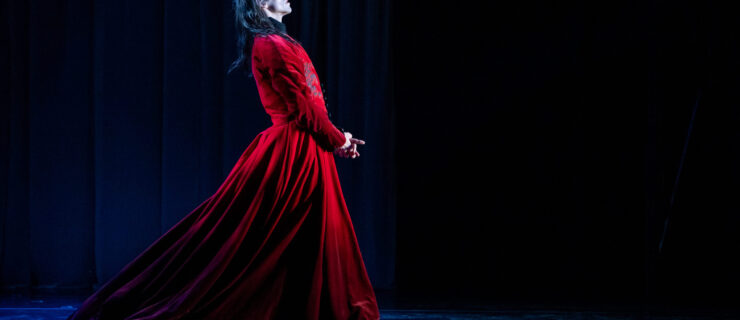Dancing Among Singers: John Neumeier's Collaboration with Joffrey Ballet and the Lyric Opera of Chicago
Song and dance are an enduring artistic pairing. In the early days of ballet, the art form usually appeared in the realm of professional theater via dance scenes in operas. But ballet and opera certainly still mingle today.
The Joffrey Ballet is currently in rehearsals for its very first collaboration with the Lyric Opera of Chicago in John Neumeier’s new production of Christoph Willibald Gluck’s Orphée et Eurydice. The 18th-century opera, which runs from September 23-October 15 at the Lyric Opera House, is based on the Greek myth of Orpheus and his quest to bring his bride, Eurydice, back from the dead.
How is preparing for an opera different than preparing for a ballet?
For Neumeier, the process of creating choreography is the same, but he says he must always keep in mind the structure of the performance and the melding of dancers and singers. “There has to be a harmony between those artists who certainly will not move in the same way and a constant thinking of synthesizing two theatrical worlds,” he explains. “The choreography has to have the worth it would have if it were a ballet—it just happens to be within the framework of an opera.”
For Joffrey dancers Victoria Jaiani and Derrick Agnoletti, the synthesizing of theatrical worlds means that rehearsals are more hands on. “The singers are incorporated into some of the movement, so we are helping them learn the steps,” says Jaiani. “We are also moving scenery and sets. Making sure we have the things in the right place at the right time in the music is vital to the success of the performance.”
 John Neumeier rehearsing Joffrey Ballet dancers in “Orphée et Eurydice.” Photo by by Andrew Cioffi, Courtesy of Lyric Opera.
John Neumeier rehearsing Joffrey Ballet dancers in “Orphée et Eurydice.” Photo by by Andrew Cioffi, Courtesy of Lyric Opera.
There are also many more production elements for dancers to be aware of. “Our choreography is combined with the location of the singers and the different layers of the story,” explains Agnoletti. He likewise says that all departments involved with the production are usually present in the studio. “At first, it was overwhelming, but, as you get used to it, you become familiar with the many different stage hands, wardrobe staff, and singers present.”
But though there are differences in rehearsing an opera versus a ballet, dancers can relate to and be inspired by the work of opera singers. “Music is what drives dance, so we share that common passion,” says Jaiani. “It’s interesting to see how we hear the music and interpret it with the choreography through their voices.”
 Victoria Jaiani rehearsing “Orphée et Eurydice”. Photo by Andrew Cioffi, Courtesy of Lyric Opera.
Victoria Jaiani rehearsing “Orphée et Eurydice”. Photo by Andrew Cioffi, Courtesy of Lyric Opera.
“Watching the singers in their quiet moments after they run a section or listening to them breathe during an aria are things that we, as dancers, are not accustomed to,” adds Agnoletti. “But what makes us alike is how we investigate ballet and work. It is quite a similar commitment and makes working together so easy. We practice different art forms, but they are both classical and mesh beautifully.”
